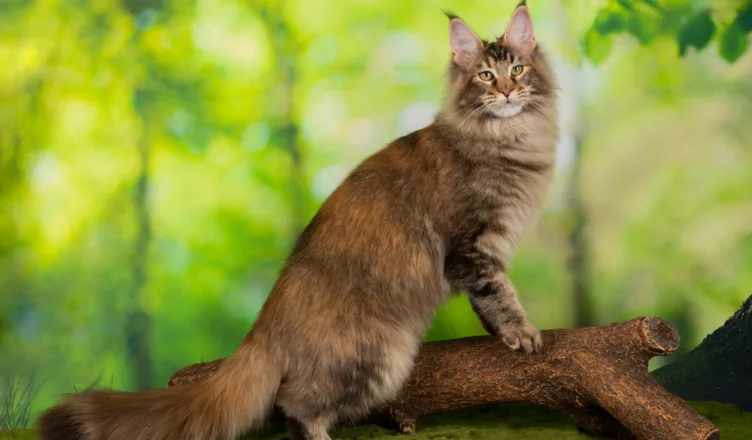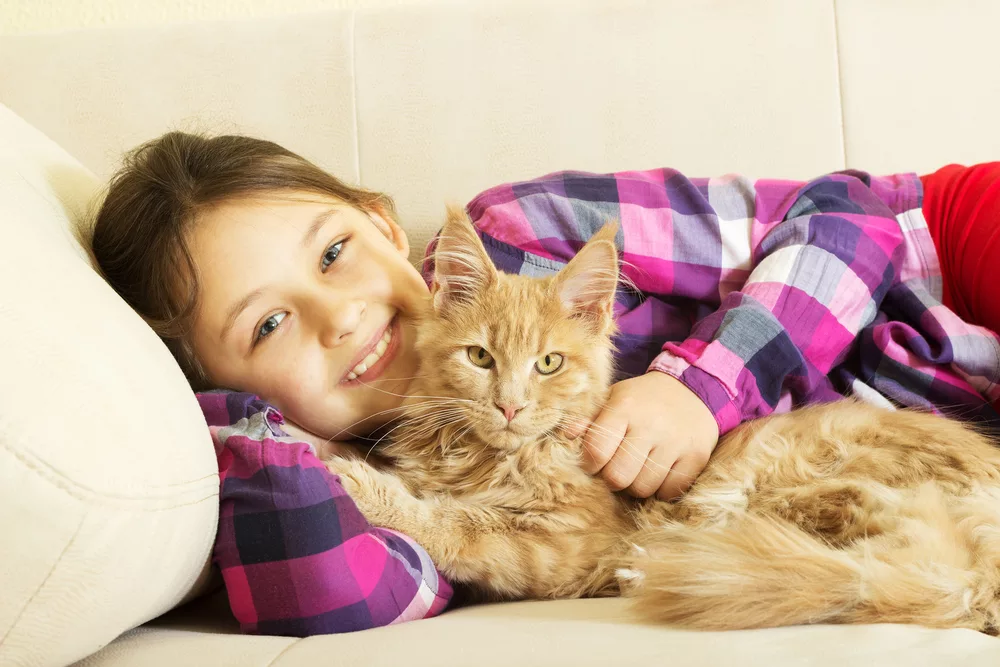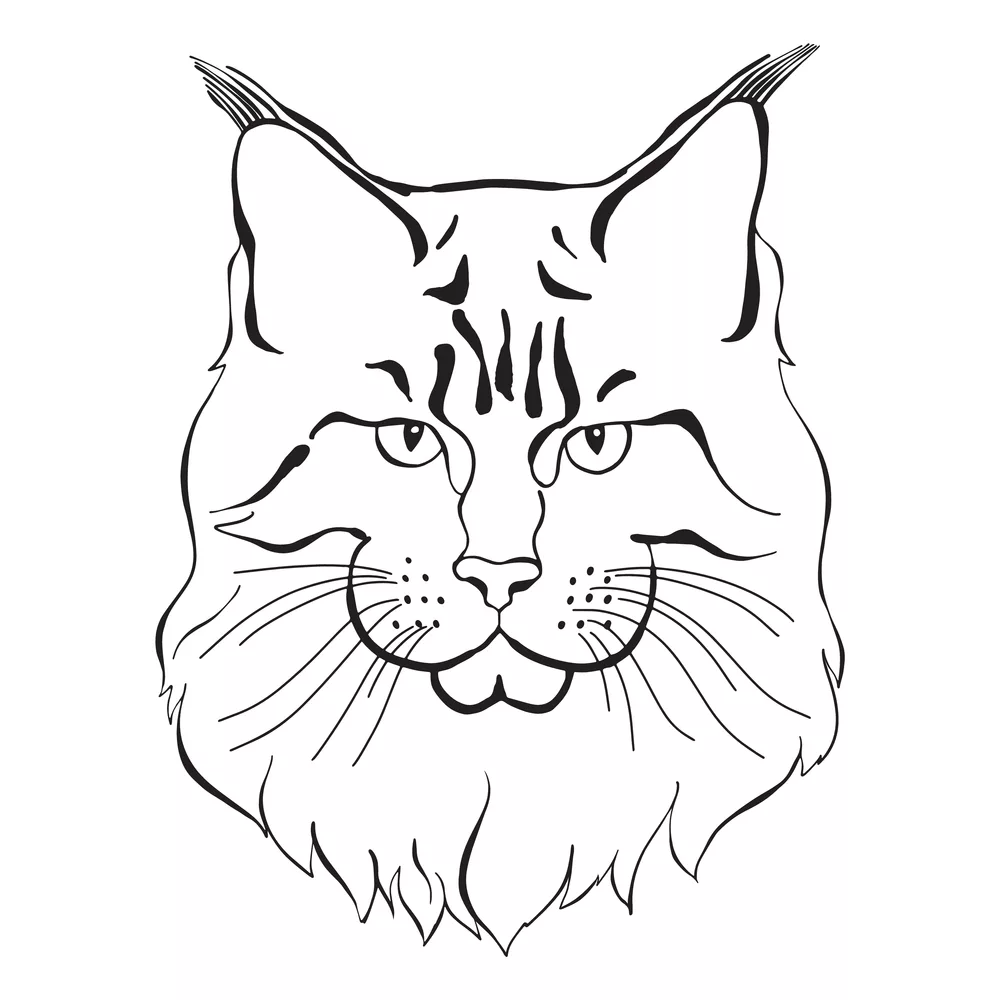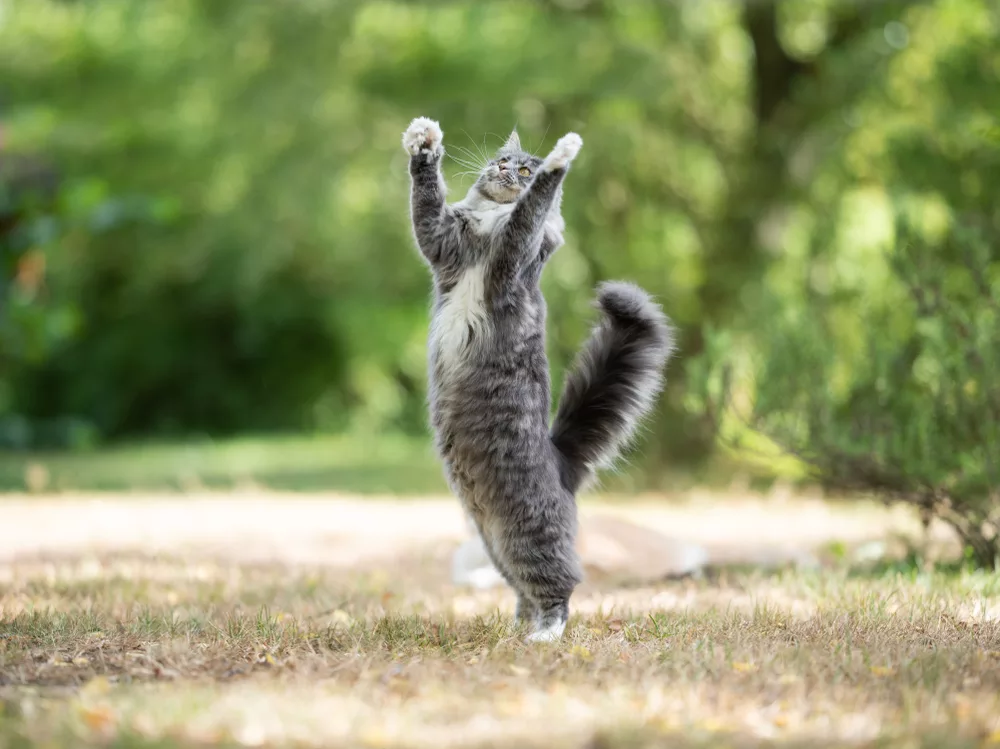From fuzzy bundles of joy to the regal rulers of households, cats have effortlessly woven their way into the hearts of millions across the globe. The International Cat Association (TICA) stands at the forefront of this feline frenzy, providing a platform for cat fanciers and breeders to celebrate and promote the beauty and diversity of these captivating creatures.
The International Cat Association (TICA), founded in 1979, is the world’s largest genetic registry for pedigreed and household pet cats. With a presence in over 104 countries, the organization supports the well-being of all felines through responsible breeding and ownership and promotes the preservation and recognition of various cat breeds.
TICA was the first registry to allow household cats of unknown ancestry to compete for the same titles and awards as pedigreed cats. It cherishes both pedigree and non-pedigree cats. The International Cat Association currently recognizes 73 cat breeds for championship competition.
Championship Breeds
At least 8 months old, cats can compete in TICA-sanctioned shows, earning titles and points toward Annual Awards. Pedigreed kittens under 8 months of age are also eligible to compete in the shows but are not eligible to earn titles or points. The TICA-recognized cat breeds in the Championship category are given below:
Non-Championship Breeds
Household Pets and Household Pet Kittens may participate in TICA-sanctioned shows and can earn points toward Annual Awards. Household Pets can earn titles comparable to Championship cats, whereas Household Pet Kittens do not earn titles.
- Household Pet Shorthair
- Household Pet Kitten
Advanced New Breeds
The second level of the Championship Advancement Class Program is for breeds eligible to be shown in TICA-sanctioned shows but do not earn titles or points toward Annual Awards. To be able to progress to championship status, these newer breeds must adhere to the specific rules and regulations set out by the program.
- Highlander Longhair
- Highlander Shorthair
- Serengeti
Preliminary New Breeds
This final introductory level of the Championship Advancement Class Program provides eligibility for TICA-sanctioned shows. At this stage, members of these breeds are not eligible to earn titles or points toward Annual Awards, but they must follow specific rules to advance to championship status.
- Aphrodite
- Tennessee Rex
- Toybob
The Role of TICA in Cat Breeding and Welfare
As a global authority on cat breeds, TICA plays a significant role in promoting ethical breeding practices and ensuring the welfare of all cats, including pedigreed and domestic cats. They maintain strict breed standards and guide breeders on responsible breeding and ownership.
The International Cat Association’s Yearly Cat Show pageant
The International Cat Association cat shows are events where fabulous felines are exhibited, judged, and awarded based on their breed standards. Through organizing and sponsoring cat shows and other feline-focused events, TICA provides a platform for breeders, enthusiasts, owners, feline aficionados, and exhibitors to showcase their beloved cats in eight different categories and share their passion with others.
TICA Maine Coon
The International Cat Association (TICA) keeps Maine Coon (MC) and the Maine Coon Polydactyl (MCP) in one breed group (MC/MCP). However, TICA describes Maine Coon as:
“The Maine Coon is America’s native longhaired cat. The breed, with its essentially amiable disposition, developed through a natural selection process where only the fittest survived. It should always be remembered that the Maine Coon developed basically as a “working cat” able to fend for itself in rough, woody terrain and under extreme climatic conditions. The Maine Coon is a large breed with big ears, broad chest, substantial boning, a long, hard-muscled, rectangular body and a long, flowing tail, and large feet with tufts.”
TICA Maine Coon breed standard
Overall, balance and proportion are essential to the Maine Coon, and no one feature should dominate the eye’s attention over any other.
Head
Shape: Broad, modified wedge. Size in proportion to the body. Slightly longer than wide. Distinct muzzle break can be seen under high, prominent cheekbones.
Eyes: Large, slightly oval, appear round when wide open. The outer corner of the eye points toward the outer base of the ear. Wide-set.
Color: Any shade of green and/or gold. No relation to coat color. Blue and odd eyes are accepted in whites and particolors.
Ears: Large, wide at the base, with the outer base set just slightly farther back than the inner base. The outer base just above the level of the top of the eye. Outside edges have a very slight outward tilt that is not past eleven and one o’clock. Set fairly high on the head with the inner edge of bases no more than one ear’s width apart. Taller than the width at the base but still in balance with head length. Moderately pointed ears appear taller due to lynx tips. Furnishings extend beyond the outer edge of the ear.
Chin: Wide and deep enough to complete the square look of the muzzle. Firm, in line with the upper lip.
Muzzle: Square.
Profile: Gently curving forehead. The gentle concave curve at the bridge of the nose flowing into a smooth nose line. Slight nose bump allowed in kittens.
Body
Torso: Large, long, substantial, rectangular, equal in breadth from shoulders to hips. Broad chest. Level back. Females may be noticeably smaller than males.
Boning: Substantial.
Musculature: Substantial, powerful.
Legs: Medium length to form a rectangle with the body.
Feet: Large, round and well-tufted.
Tail: At least as long as the body. Wide at the base and tapering to the tip with full, flowing fur.
Coat/Color/Pattern
Length: Uneven; shorter on shoulders, gradually lengthening down the back and sides. Long, full, shaggy belly fur and britches. Tail fur long, full, flowing. Frontal ruff becomes more developed with age.
Texture: All-weather coat. A slight undercoat gives the coat body, but the coat still falls smoothly. Not cottony.
Color: Particolors must have some white on all four feet.
Allowances
Standard favors the male. Allowance MUST be made for a significant size difference between males and females. The type should not be sacrificed for size. The breed is slow to mature. Allow for tight ear set in kittens and wider ear set in mature adults.
Polydactyly is a trait with variable expression and may produce anything from a single extra dew claw to extra toes on each foot. Any of these expressions are acceptable, and there is no preference for more rather than fewer additional toes. Polydactyl mitten paws may appear to toe out.
Registered Maine Coon Breeders
The Maine Coon is a beloved cat breed, and its purebred status is safeguarded by several organizations such as TICA, Cat Fanciers Association (CFA), Maine Coon Breeders and Fanciers Association (MCBFA), and Fédération International Féline (FIFe). It is not compulsory for breeders to register with any of these clubs, but doing so adds credibility and trustworthiness to a breeder in the competitive market. These organizations have strict terms and conditions and a code of ethics that breeders must adhere to, thus ensuring their reliability.
TICA Maine Coon Breeders in US
TICA has grown to have members in all 50 states of the United States, as well as Europe, Africa, Latin America, and Asia. If you are looking for Maine Coon cat breeders in the United States, please refer to the list of TICA-registered Maine Coon breeders by some individual US states below:



